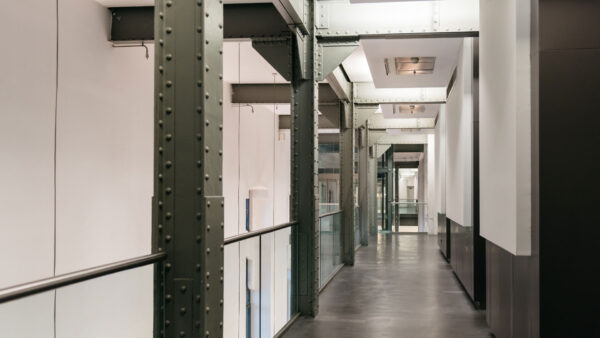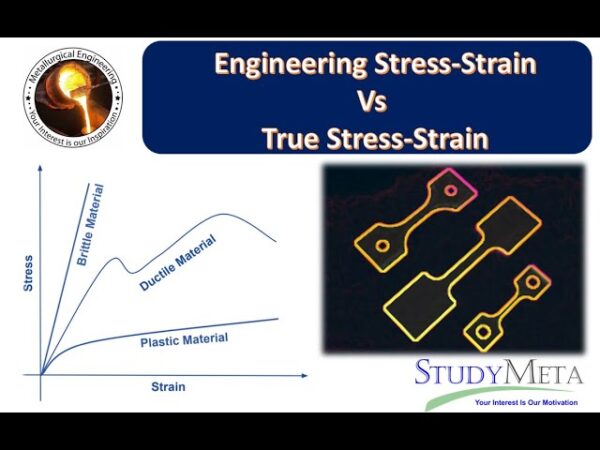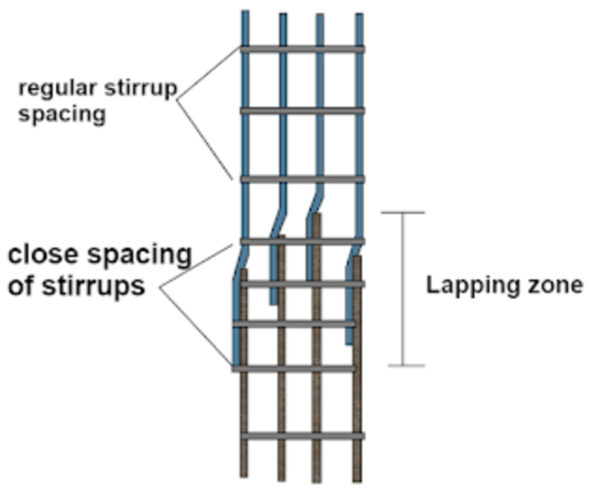5 Backbone Applications of Steel Columns
From soaring skyscrapers to expansive airports, many of the awe-inspiring structures in our built environment rely on advanced vertical support from steel columns. Serving as the backbone upholding these ambitious designs, steel columns leverage unique properties that set them apart as prized structural components. This strength, stiffness, and versatility explains steel’s dominance as the column…






